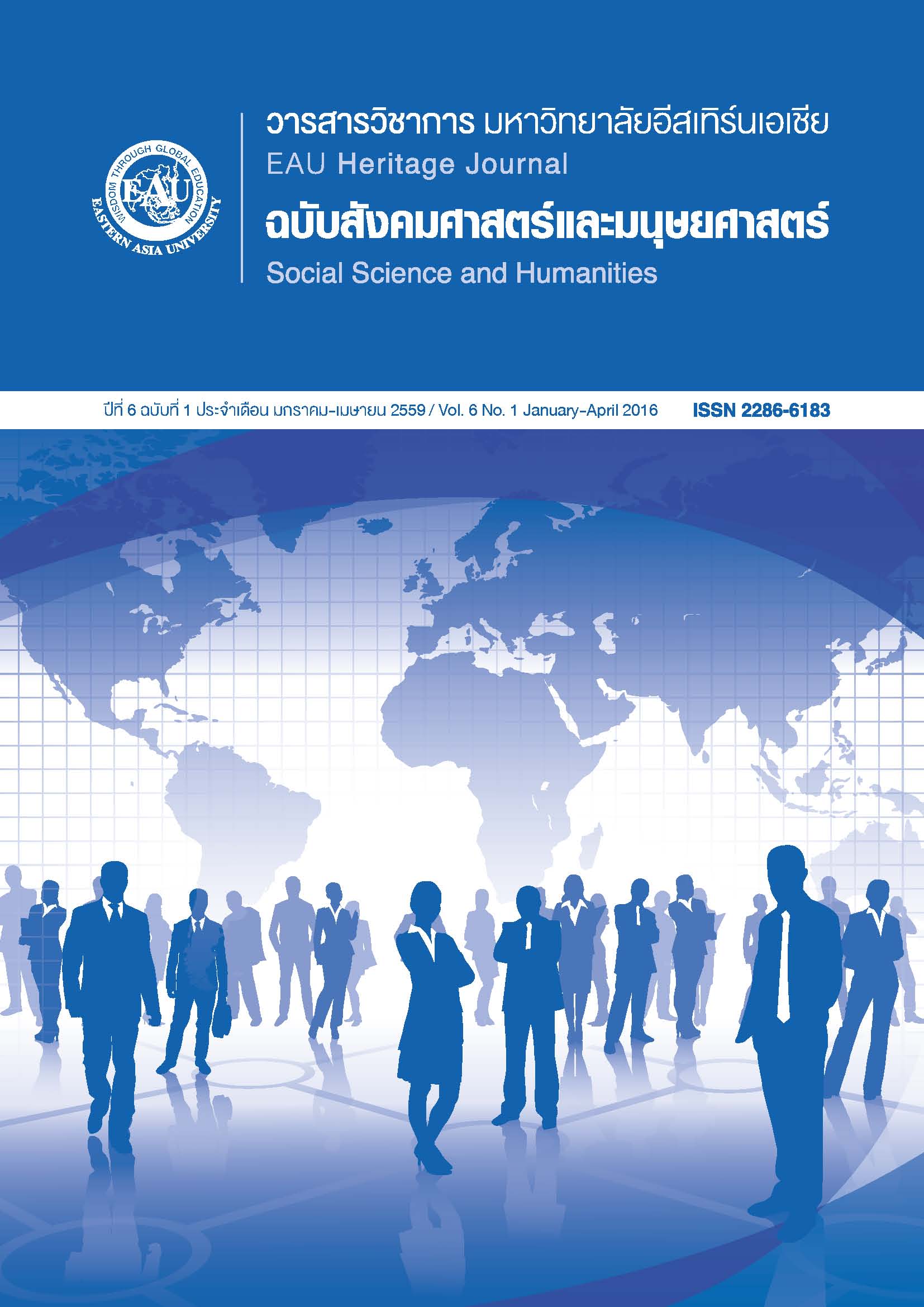Analysis sis of International Trade Flows between the United States and Three ASEAN Countries Before and After the Great Recession of 2008
Keywords:
nternational trade flows, BOT, balance of trade, Great Recession, emerging markets, ASEAN.Abstract
his academic paper aims to analyze the effects of the Great Recession of 2008 on international trade flows and the bilateral balance of trade (BOT) between selected ASEAN countries - Indonesia, Malaysia, and Thailand - and the United States (U.S). International world trade fell approximately 30% after the Great Recession of 2008.
The author used time-series comparative analysis and impact analysis to examine trade statistics compiled by the United Nations between 2004-2012 in order to compare international trade flows before, during, and after the Great Recession. The evidence clearly demonstrates that international trade flows between the U.S. and Indonesia, Malaysia, and Thailand fell significantly less than the worldwide average decline of 30%. The explanations given for this vary from the economic strength of emerging markets, which outperformed developing economies, to the strength and “locomotive effect” of the Chinese economy, to the global capital that flowed into emerging markets after 2008.
References
Arias, M., A. & Wen, Y. (2015). Recovery from the great recession has varied around the world federal reserve bank of St. Louis. Retrieved from http:// www.stlouisfed.org/publications/regional-economist/october
Chirathivat, S. & Mallikamas, S. (2010).Thailand’s economic performance and response to the global crisis. Retrieved from http://www1.doshisha.ac.jp
Conerly, B. (2014). Are we due for a recession in 2015, December, 29. n.p.
Didier, T. M., Hevia, C., & Schmukler, S. (2011). Emerging market resilience. Retrieved from http://www.voxeu.org/article/resilience-emerging-markets-during-global-crisis
Duca, J. V., (2013). Federal Reserve Bank of Dallas. Retrieved from http://www.federalreservehistory.org/
Events/DetailView/55
Foster, J. D. (2009). Understanding the great global contagion and recession; backgrounder, #2331 on economy. Retrieved from http// www.Heritage.org/research.reports/2009.
Grusky, D. B., Western, B., & Wimer, J. (2011). The great recession. October 2011. Retrieved from www.russellsage.org/publications.
Investopedia. (2015). Retrieved from http:// www.investopedia.com.
ITC Trade Map. (2015). Market analysis and research, international trade center, Geneva, Switzerland 1999-2015. Retrieved from http://www.trademap.org.
Monge-Naranjo. (2013). Major US trading partners before and after the Great Recession. Retrieved from www:research.stlouisfed.org/.
Monge-Naranjo. (2013). Major US trading partners before and after the Great Recession. Retrieved from www:research.stlouisfed.org/.
OEC. (2014). The observatory of economic complexity. Retrieved from http://www.atlas.media.mit.edu.
The World Bank. (2016). World bank. Retrieved from http:// www.date.worldbank.org.
Wynne, M. A., & Kerting, E. K. (2009). Trade globalization and the financial Crisis, Economic Letter, 4(8),
-5.




